Squirrel cage blowers have nothing to do with squirrels or any other kind of animal. These blowers are actually powerful centrifugal air blowers that have applications in many types of equipment. The name is a reference to the cylindrical fan and blades that resemble a squirrel or hamster wheel.
This article looks at the basics of these blowers, how they are structured, and the ways in which they are applied.
Table of Contents
The global market for squirrel cage blowers
What are squirrel cage blowers?
The main components of a squirrel cage blower
Some considerations when looking for a squirrel cage blower
Final thoughts
The global market for squirrel cage blowers
The global market for squirrel cage blowers, referenced as centrifugal fans, is growing strongly from 2023 through to 2030. Drivers of growth are the increase of HVAC systems for household, commercial, and for industrial uses. It is likely that blowers with quieter operation will see better growth due to environmental noise concerns.
Analysts predict a compound annual growth rate (CAGR) of 4.6% across the period 2023 to 2030. In revenue terms, the global market is growing from a value of US $3 billion in 2022 to around US $5 billion by 2030.
What are squirrel cage blowers?

Squirrel cage blowers, also called squirrel cage fans, centrifugal blowers, or centrifugal fans, are a design of air blower that uses an impeller and centrifugal airflow system with a fan wheel that provides the blower force. The fan wheel has a number of blades, or vanes, that look much like a hamster or squirrel wheel, hence the name.
Squirrel cage blowers are commonly used in a variety of heating, ventilation, and air conditioning (HVAC) systems, which essentially move air to heat or cool. The squirrel cage blower provides the air movement, and these blowers can vary in size and capacity.
Because these blowers can be fitted within a larger system, they may not be normally visible, for example, in a car ventilation and air conditioning system where the blower is hidden under the dashboard.
However, one commonly visible use for squirrel cage blowers is for inflating children’s bouncy castles, where these noisy fans will run for several hours to keep the castles inflated. Some types of leaf blowers also use a squirrel cage blower mechanism, such as in the picture below.

The main components of a squirrel cage blower
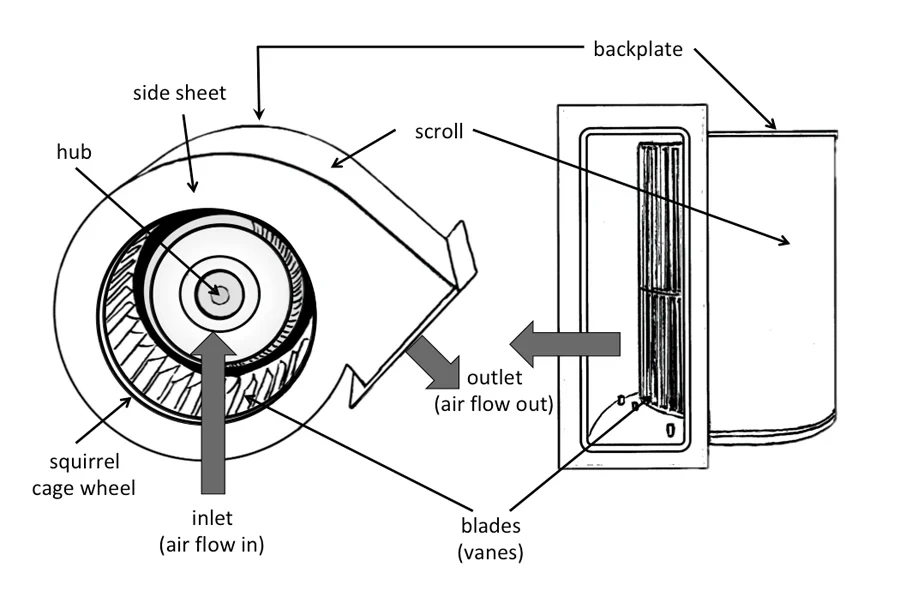
The main components of a squirrel cage blower, as shown in the diagram above, are the inlet, squirrel cage wheel, hub, backplate, wheel blades (vanes), outlet, side sheet, and scroll. These are explained below:
Inlet (air flow in): Air is drawn in axially through the inlet at the side of the blower by the squirrel cage wheel. The wheel works as a centrifugal impeller that draws the air in and then increases the power of flow through the cage wheel using the blades.
Squirrel cage wheel: The squirrel cage wheel rotates under electrical power, and the airflow is forced through the blades (vanes) radially. The center of the wheel is the hub, fitted to the wheel backplate.
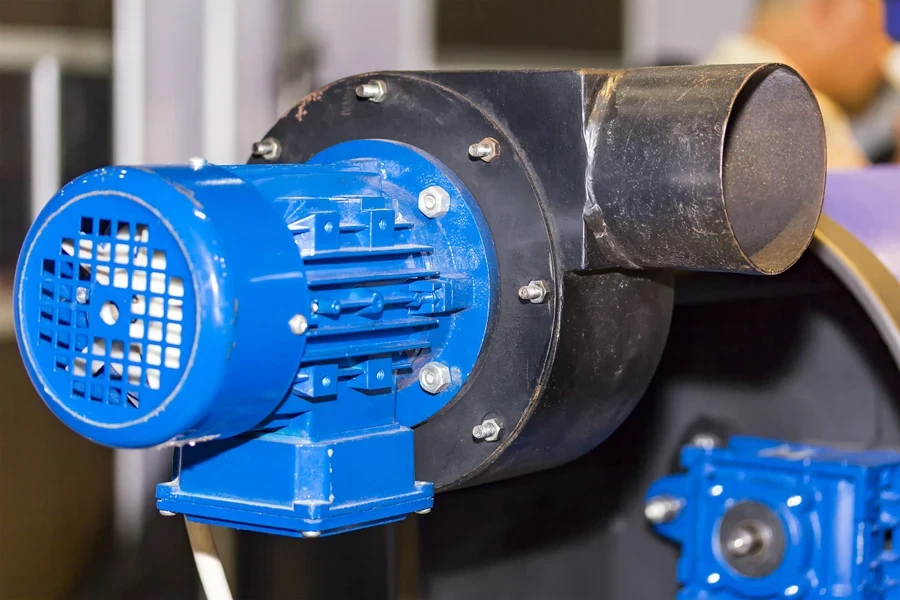
Hub: The wheel is connected to the backplate and rotates at the hub.
Backplate: The backplate is the closed section of the wheel, and it is opposite the air inlet.
Blades (vanes): The blades on the wheel increase the airflow and direct that flow through the outlet.
Outlet (air flow out): The airflow is expelled under increased force through the outlet. The outlet size will vary in height and width depending on the intended use and fitting.
Side sheet and scroll: The complete enclosure for the blower is made up of three main sections. The scroll surrounds the wheel and outlet to focus and direct airflow. The side sheet, together with the backplate, completes the blower housing to create a sealed unit.
Some considerations when looking for a squirrel cage blower
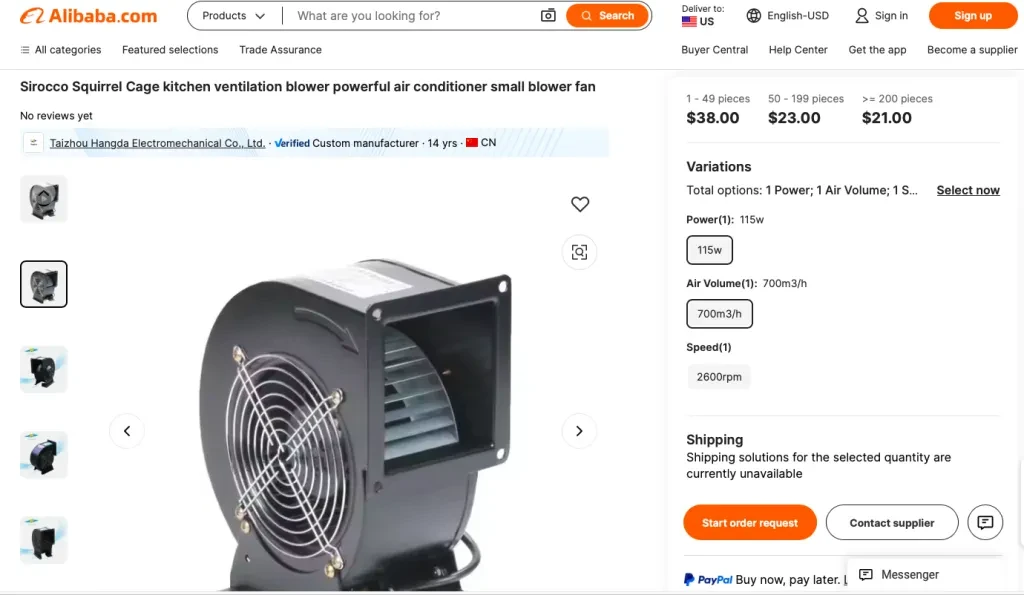
For anyone looking to choose a squirrel cage blower, there are a few key considerations to explore.
Size/dimensions: The width and height of the air outlet determine how much volume of air can be expelled, and the size of the outlet will be determined by the intended application of the blower. This sizing isn’t always specified in the supplier’s technical specifications, and instead the diameter of the impeller wheel may be given. In the above example, the impeller diameter is given as 130 mm.
Speed: The speed of the blower will be determined by the fan/wheel speed and is expressed in revolutions per minute. In the example above, the speed is given as 2,600 rpm.
Air volume capacity: The size of the outlet and the speed of the “squirrel” wheel will together give an expected air volume capacity, expressed in cubic inches or cubic meters per hour. In the example above, the air volume capacity is shown as 700 m³/h.
Noise level: The amount of noise that the blower produces, expressed in decibels, can be an important factor to consider, as squirrel cage blowers can be very noisy machines. In countries where noise control is an important environmental issue, squirrel cage blower usage and their noise output may be restricted. In the above example, the noise level is given as 65 dB.
Power: Most squirrel cage blowers are electrical, as they fit within larger heating or cooling equipment. Voltage is given, so the buyer must ensure that the voltage complies with the local power supply. The power input of the blower may be given in watts. The above blower is shown as 220V and 140W.
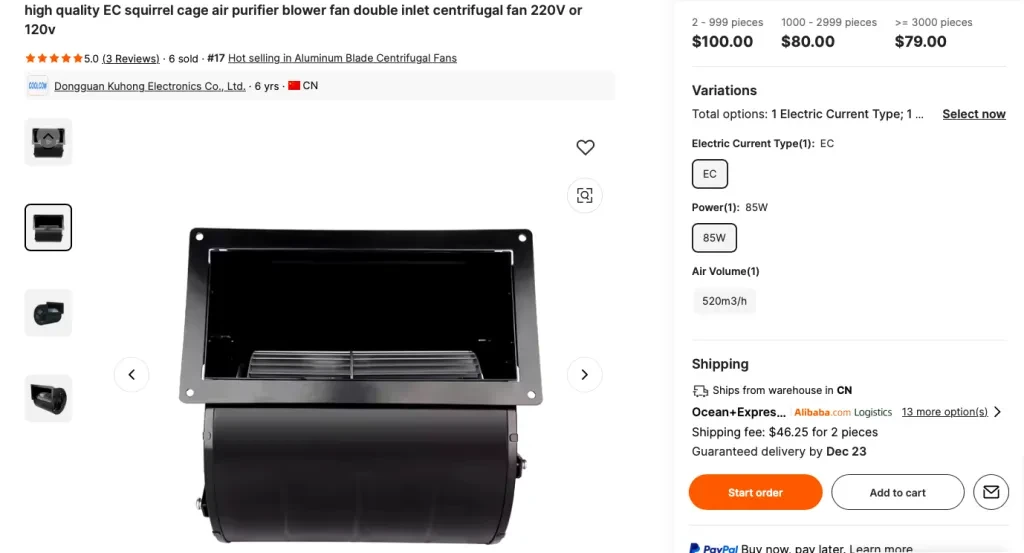
With the above image, the 220V/85W blower has an air volume capacity of 520 m³/h with a blower width of 120 mm. This model is also available as a 110V model for the US market.
This model below from Alibaba.com has a different design from those above, as it is a tangential blower rather than a radial one. This model is advertised as specific for oven use. It still uses an impeller air flow method but has a wide cage width. This model is advertised as 12/24V and 1.8W/3.36W. It has a speed of 3,000/3,200 rpm and an airflow capacity of 22 ft³/m (cubic feet per minute).
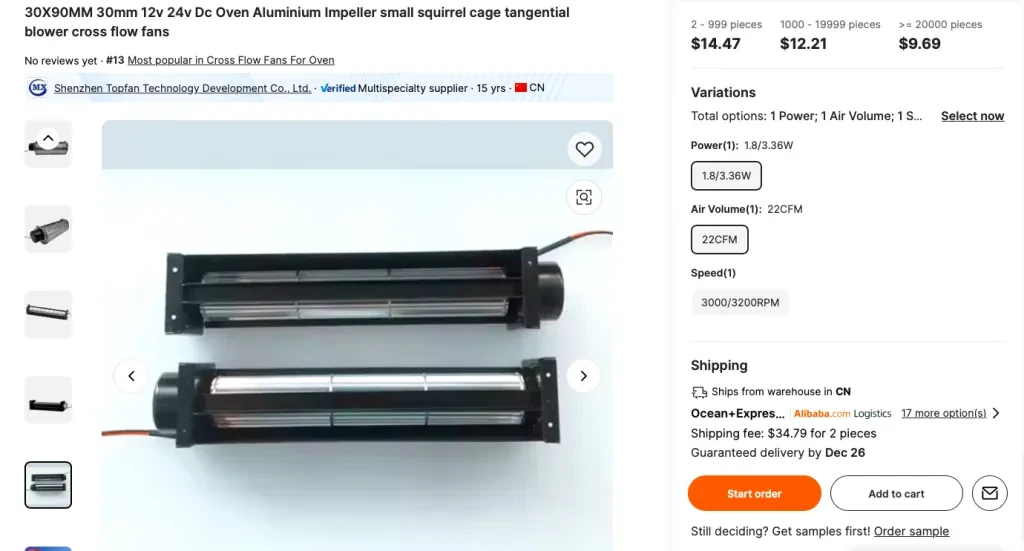
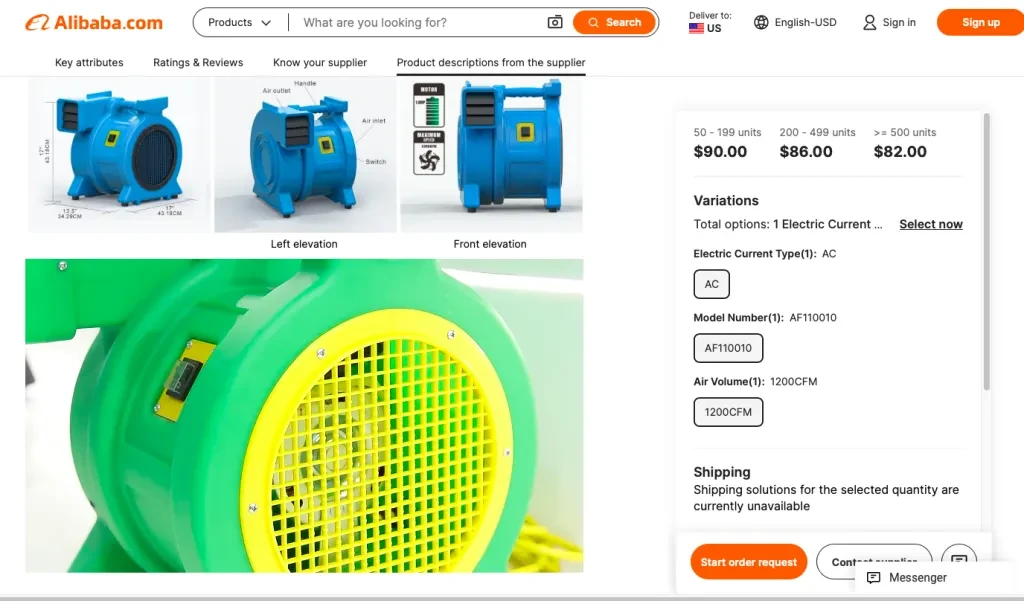
Squirrel cage blowers have many different applications. In the photo shown above, a supplier on Alibaba.com offers colorful blowers for inflatable bouncy castles, carpet dryers, and various other domestic applications. Although they are designed in playful plastic housings, these squirrel cage blowers are still powerful. The version above is a 115V/750W model, with a speed of 3,400 rpm and an airflow capacity of 1,200 ft³/m.
Final thoughts
Squirrel cage blowers, or fans, have a wide range of applications that may not be obvious to the average user. For anyone looking to source a blower, application is the key requirement, so that the right size and power can be chosen.
Some blowers are stand-alone, such as those used for floor drying, bouncy castle inflation, or leaf blowers. For these, a strong consideration, other than just power, is the noise they generate. Squirrel cage blowers are noisy and are likely to run for some time. That can cause some environmental issues, especially around residential areas or where the local government has imposed noise restrictions.
For more information on the wide variety of squirrel cage blowers available, check out the Alibaba.com showroom.
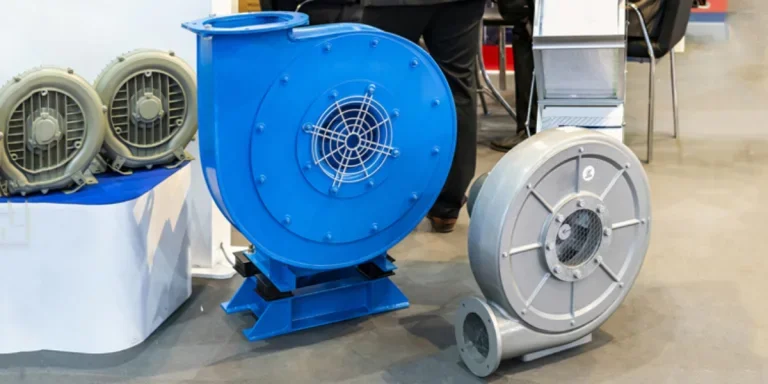




 Afrikaans
Afrikaans አማርኛ
አማርኛ العربية
العربية বাংলা
বাংলা Nederlands
Nederlands English
English Français
Français Deutsch
Deutsch हिन्दी
हिन्दी Bahasa Indonesia
Bahasa Indonesia Italiano
Italiano 日本語
日本語 한국어
한국어 Bahasa Melayu
Bahasa Melayu മലയാളം
മലയാളം پښتو
پښتو فارسی
فارسی Polski
Polski Português
Português Русский
Русский Español
Español Kiswahili
Kiswahili ไทย
ไทย Türkçe
Türkçe اردو
اردو Tiếng Việt
Tiếng Việt isiXhosa
isiXhosa Zulu
Zulu